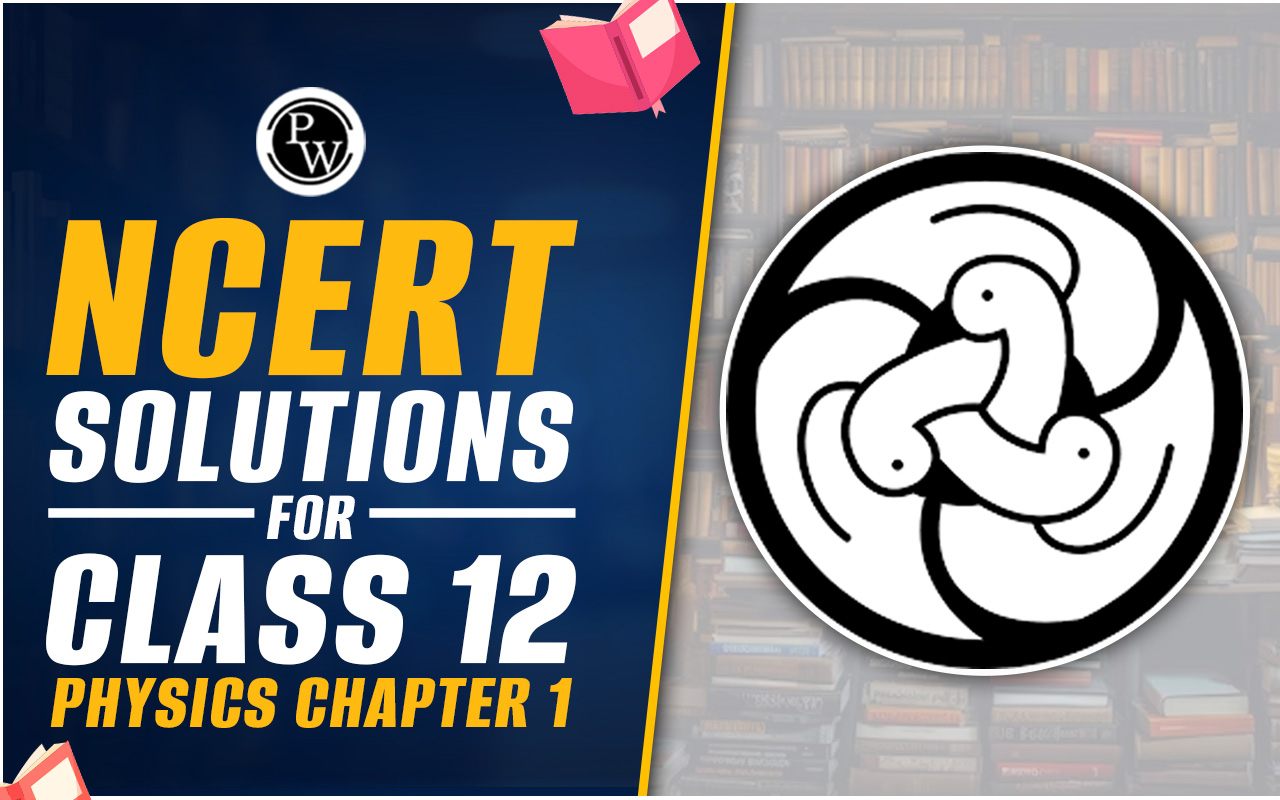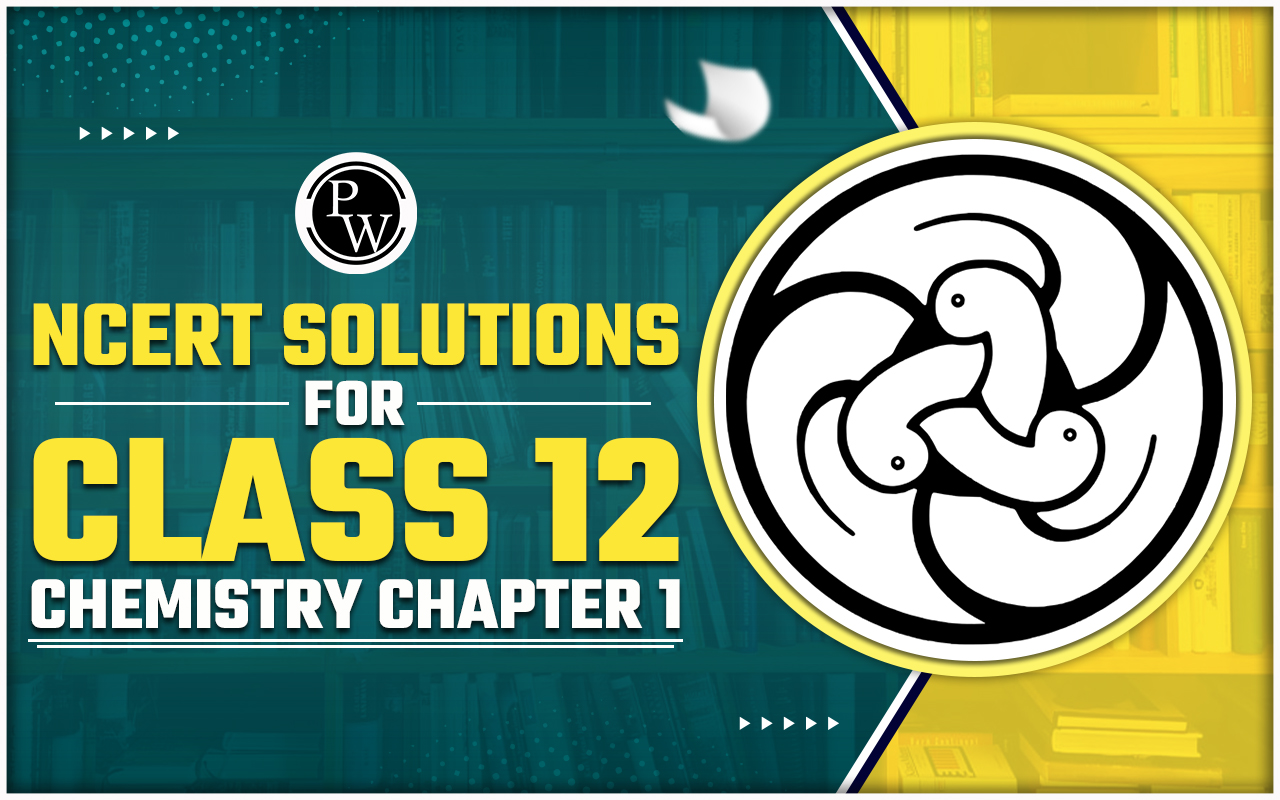
CBSE Class 11 Chemistry Notes Chapter 2: In CBSE Class 11 Chemistry Notes Chapter 2, "Structure of Atom," you'll learn about the tiny particles that make up everything around us. We'll explore atoms and what they're made of, like electrons, protons, and neutrons.
Scientists like J.J. Thomson and Ernest Rutherford made important discoveries about these particles. We'll also talk about how electrons move around in different layers inside an atom. Understanding this helps us understand how elements interact with each other and why they have certain properties. So, by studying this chapter, you'll get a clearer picture of how everything in the universe is put together at its most basic level.CBSE Class 11 Chemistry Notes Chapter 2 Structure of Atom PDF
Structure of Atom notes from Class 11 Chemistry Chapter 2 become crucial during the test. Several knowledgeable Chemistry teachers have prepared these notes. Students may easily learn all the important information in the chapter by using the Structure of Atom Class 11 notes. For students who are sincere about getting top scores, revision notes become essential.CBSE Class 11 Chemistry Notes Chapter 2 PDF
CBSE Class 11 Chemistry Notes Chapter 2 Structure of Atom
Discovery of Fundamental Particles
The journey into the structure of atoms begins with the discovery of fundamental particles. In 1879, William Crookes conducted experiments on cathode ray discharge tubes, leading to the discovery of cathode rays. These invisible rays exhibit distinct characteristics, including the ability to cast shadows and ionize gases. J.J. Thomson further investigated cathode rays, determining their charge-to-mass ratio through ingenious experiments involving electric and magnetic fields.Charge and Mass of Electrons
Through the charge-to-mass ratio experiments, the charge and mass of electrons were determined. R.A. Millikan's oil drop experiment provided crucial insights into the charge of electrons, establishing it as a fundamental constant. The charge of an electron was measured to be -1.6022 × 10^-19 Coulombs, while its mass was calculated to be 9.1094 × 10^-31 kilograms.Origin of Cathode Rays
Cathode rays originate from the bombardment of gas molecules by high-speed electrons emitted from the cathode. Initially, cathode rays are produced from the cathode material itself, followed by interactions with the gas inside the discharge tube.Proton discovery
Neutron discovery
The discovery of the neutron, another fundamental particle of an atom, is credited to James Chadwick, an English physicist. In 1932, Chadwick conducted experiments involving the bombardment of beryllium atoms with alpha particles. During these experiments, Chadwick observed the emission of a previously unknown type of radiation that had no electric charge and could penetrate materials more effectively than other types of radiation. Chadwick hypothesized that this radiation consisted of neutral particles with a mass similar to that of a proton. He conducted further experiments to confirm his hypothesis, including measurements of the scattering of these neutral particles by various materials. These experiments provided conclusive evidence for the existence of the neutron. Chadwick's discovery of the neutron was a significant milestone in the field of nuclear physics. It provided crucial insights into the structure of atomic nuclei and paved the way for advancements in nuclear science, including the development of nuclear reactors and nuclear weapons.Isotopes, Isobars, isotones and Isoelectronic
Isotopes, isobars, isotones, and isoelectronic species are terms used in nuclear and atomic physics to describe different properties of atoms and their nuclei.Isotopes: Isotopes are atoms of the same element that have the same number of protons but different numbers of neutrons in their nuclei. This results in variations in their atomic mass. For example, carbon-12, carbon-13, and carbon-14 are isotopes of carbon.
Isobars: Isobars are atoms of different elements that have the same mass number, meaning they have the same total number of protons and neutrons in their nuclei, but different atomic numbers (number of protons). For example, carbon-14 and nitrogen-14 are isobars because they both have a mass number of 14.
Isotones: Isotones are atoms of different elements that have the same number of neutrons but different numbers of protons in their nuclei. This results in variations in their atomic mass and atomic number. For example, carbon-14 and nitrogen-15 are isotones because they both have seven neutrons in their nuclei.
Isoelectronic species: Isoelectronic species are atoms, ions, or molecules that have the same number of electrons. This means they have identical electron configurations. Isoelectronic species may belong to different elements and may be either atoms or ions. For example, the fluoride ion (F^-), the neon atom (Ne), and the sodium ion (Na^+) are isoelectronic because they all have ten electrons.
Benefits of CBSE Class 11 Chemistry Notes Chapter 2 Structure of Atom
Concept Clarity: These notes provide a clear understanding of the fundamental concepts related to the structure of atoms, including the discovery of subatomic particles and their properties.
Comprehensive Coverage: The notes cover all the essential topics of the chapter, ensuring that students have a complete overview of the structure of atoms as per the CBSE syllabus.
Simplified Explanations: Complex concepts are explained in a simplified manner, making it easier for students to grasp the content and retain it effectively.
Visual Aids: Diagrams, illustrations, and diagrams are included in the notes to aid visual learners in understanding the structure of atoms and the arrangement of subatomic particles.
CBSE Class 11 Chemistry Notes Chapter 2 FAQs
What is the significance of the structure of the atom?
Who discovered the electron, and what experiment led to its discovery?
How was the charge-to-mass ratio of the electron determined?
How did James Chadwick discover the neutron?
What is the Bohr model of the atom?










